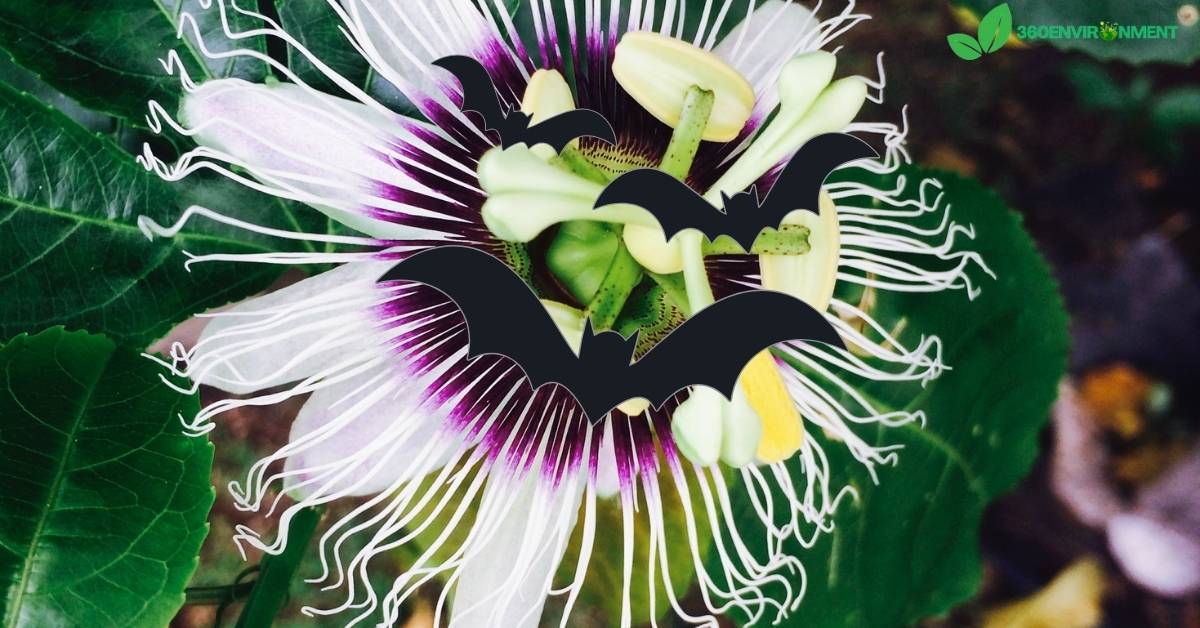Pollination is a critical process for the reproduction of many plants, including fruits that we enjoy every day. While bees, butterflies, and birds are often the most recognized pollinators, other animals, such as bats, also play an essential role in certain ecosystems. In tropical and subtropical regions, where unique plant species like the lilikoi, or passion fruit, grow, questions arise about whether bats contribute to pollination.
Lilikoi (Passiflora edulis), also known as passion fruit, is a widely cultivated fruit known for its tart, aromatic flavor. Its flowers are complex and beautiful, adapted to attract specific pollinators. In this article, we explore the question, do bats pollinate lilikoi, delve into the biology of the lilikoi plant, and investigate the broader ecological role of bats in pollination, particularly in tropical regions.
1. Understanding Lilikoi (Passiflora edulis)
Before addressing the pollination mechanisms of the lilikoi, it’s essential to understand the plant itself. Lilikoi is native to South America but has been widely cultivated in tropical and subtropical regions, including Hawaii and Southeast Asia. It thrives in warm climates and is prized for its juicy, seed-filled fruits that are used in beverages, desserts, and even savory dishes.
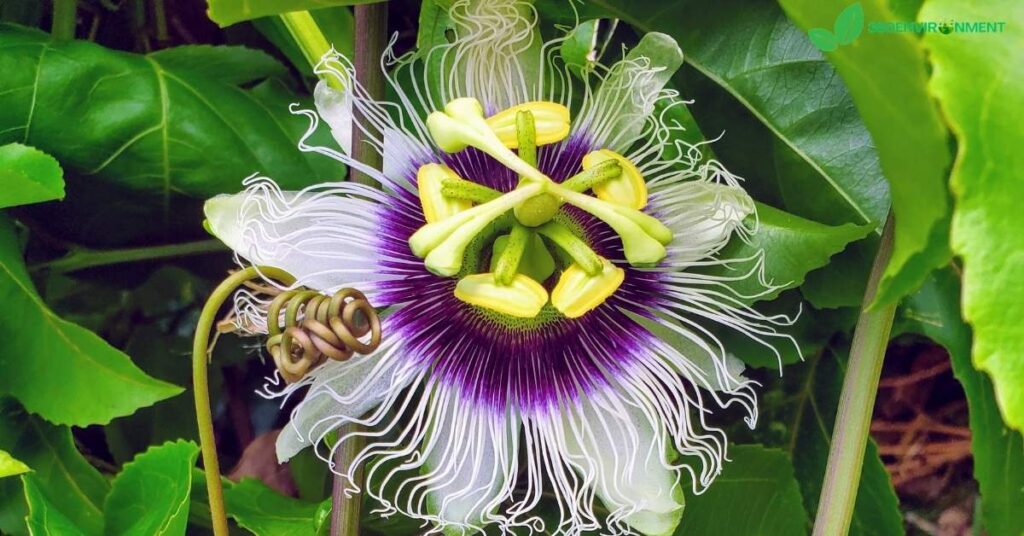
1.1. The Structure of Lilikoi Flowers
The lilikoi plant is known for its large, showy flowers, which are designed to attract pollinators. The flowers are typically white and purple, with a complex structure that includes:
- Sepals and petals: These form the outer layer of the flower and are visually striking to attract pollinators.
- Corona filaments: A set of thread-like structures that create a unique appearance, further helping to attract pollinators.
- Stamens and anthers: The male reproductive parts of the flower, which produce pollen.
- Ovaries and styles: The female reproductive parts, where pollination occurs and the fruit develops.
Given this structure, lilikoi flowers are designed to facilitate pollination by organisms that can navigate the flower’s complex anatomy, collect pollen, and transfer it to other flowers. But who are the primary pollinators of this fruit-bearing plant?
1.2. Common Pollinators of Lilikoi
In most regions where lilikoi is cultivated, bees, particularly carpenter bees, are considered the primary pollinators. The large size of carpenter bees allows them to interact effectively with the flower’s reproductive structures, facilitating cross-pollination. Additionally, butterflies and hummingbirds have been observed as occasional pollinators, particularly in environments where bees are less prevalent.
However, in certain regions, especially tropical areas, there are suggestions that bats may contribute to pollinating specific varieties of passion fruit. While lilikoi itself may not heavily rely on bat pollination, it’s crucial to explore whether bats could play any role in this process, particularly in regions where they are significant pollinators.
2. The Role of Bats in Pollination
Bats are often overlooked as pollinators, but they play a crucial role in many ecosystems, particularly in tropical and subtropical regions. Approximately 300 species of fruit-eating bats are known to contribute to pollination, making them essential for the reproduction of various plants, including some important food crops.
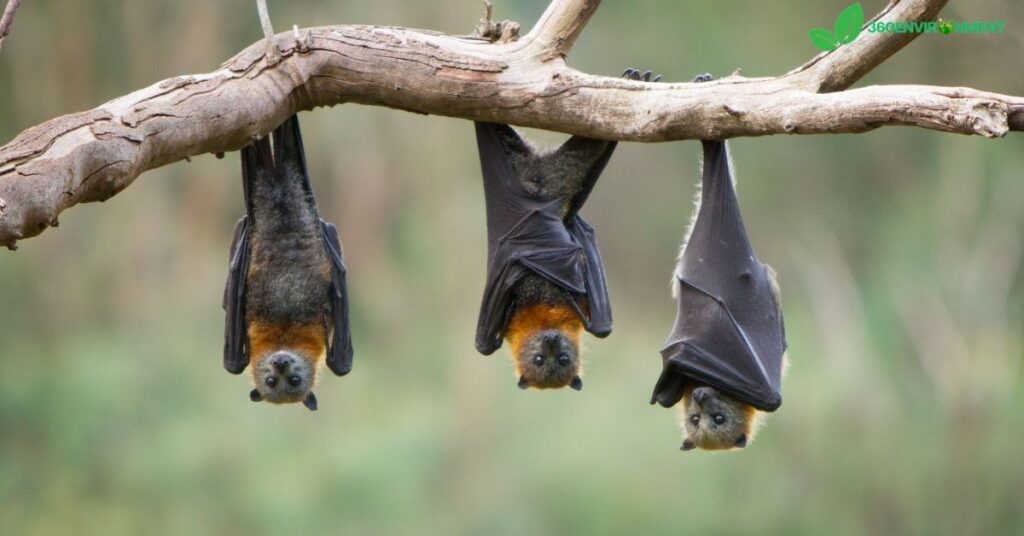
2.1. Characteristics of Bat Pollination (Chiropterophily)
Bat pollination, or chiropterophily, refers to the process by which bats pollinate flowers while feeding on nectar. Unlike bees and birds, which are primarily active during the day, bats are nocturnal pollinators, meaning they perform their pollination work at night.
Key characteristics of flowers adapted for bat pollination include:
- Large, sturdy flowers: These flowers are often large enough to accommodate the weight of a bat and are structured to allow easy access to nectar.
- Night-blooming: Bat-pollinated flowers tend to open at night, coinciding with the bats’ feeding patterns.
- Pale or white coloring: Flowers pollinated by bats are typically pale or white, making them more visible at night.
- Strong, musky scent: Bats rely heavily on their sense of smell, so bat-pollinated flowers often have a strong scent that attracts them.
Given these characteristics, plants that depend on bats for pollination are well-suited to their nocturnal habits. However, does lilikoi exhibit these traits, and could bats be contributing to its pollination in specific regions?
3. Do Bats Pollinate Lilikoi?
While bats are known to pollinate several species of plants in the Passifloraceae family, the specific case of lilikoi (Passiflora edulis) is less clear. Research and anecdotal evidence suggest that bats may not be the primary pollinators of lilikoi, but they could contribute to the pollination process under certain conditions.
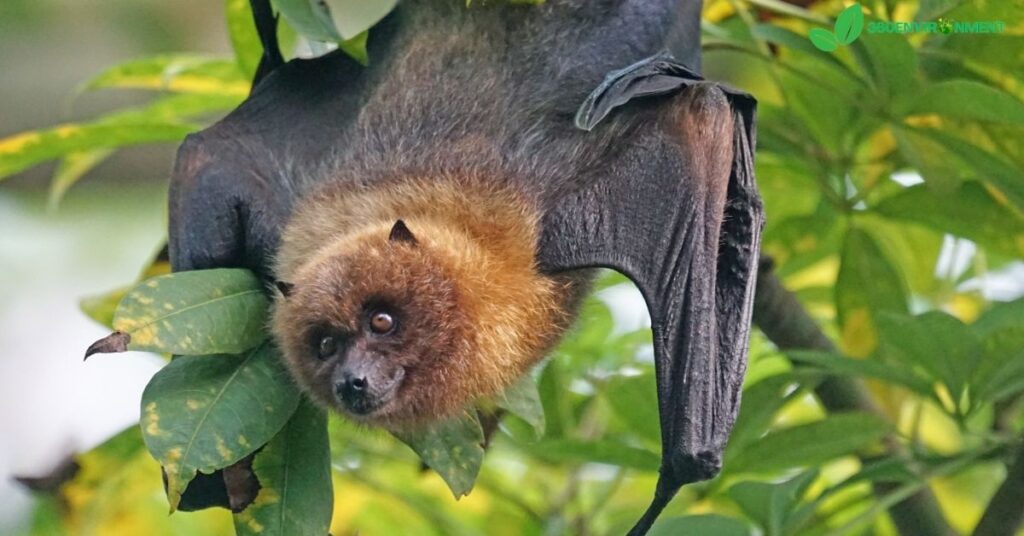
3.1. Regional Differences in Pollination
The likelihood of bats pollinating lilikoi may depend on the region in which the plant is grown. In areas where large bee populations are abundant, such as Hawaii or South America, bees are generally more effective pollinators due to their ability to access the flowers during the day.
However, in some tropical regions, particularly where bats are abundant and serve as primary pollinators for other plants, there may be instances where bats inadvertently pollinate lilikoi. For example, in environments where bats are frequent visitors to nectar-producing plants, their foraging behavior could lead them to visit lilikoi flowers during the night, potentially transferring pollen.
3.2. Nocturnal Pollination Behavior
Though the lilikoi flowers do not specifically exhibit all the traits typical of bat-pollinated plants (such as strong nocturnal scents or pale coloration), their structure could still accommodate bat visits. Bats that feed on nectar from nearby plants may come into contact with lilikoi flowers, particularly if these flowers are open or accessible during the evening.
Moreover, certain passionflower species are indeed pollinated by bats. For instance, Passiflora quadrangularis (giant granadilla), a relative of the lilikoi, has been observed to be bat-pollinated in tropical areas. This raises the possibility that bats could contribute to the pollination of lilikoi, even if they are not the primary agents.
4. The Broader Ecological Importance of Bats in Pollination
While bats may not be the dominant pollinators of lilikoi, their role in pollination is vital to the health of numerous ecosystems. Bat pollination supports biodiversity, maintains ecosystem resilience, and contributes to food security, particularly in tropical environments.
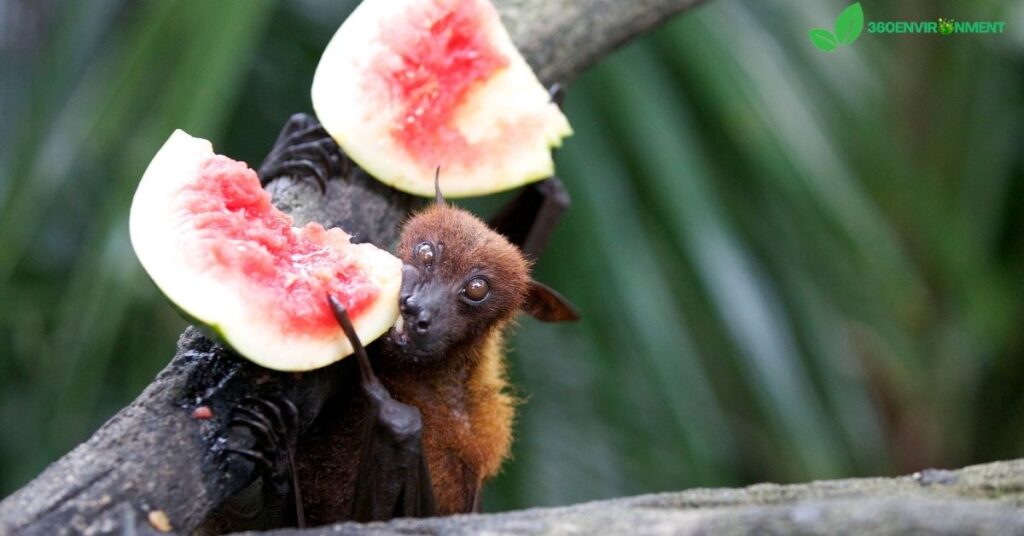
4.1. Bats and Food Crops
Bats are responsible for pollinating many important crops, some of which are crucial for local and global economies. Examples of bat-pollinated crops include:
- Agave: Used to produce tequila, agave plants rely heavily on bats for pollination.
- Bananas: Some wild species of bananas are pollinated by fruit bats, though most commercial bananas are produced through vegetative reproduction.
- Durian: In Southeast Asia, fruit bats are the primary pollinators of durian, a prized fruit known for its strong aroma and unique flavor.
By pollinating these and other crops, bats contribute to global food production, ensuring the continued availability of certain fruits and plants.
4.2. Bats and Forest Ecosystems
Beyond food crops, bats play a critical role in maintaining the health of forest ecosystems. Many tropical trees and plants rely on bats for pollination, and the absence of these nocturnal pollinators could lead to the decline of certain plant species.
In the context of lilikoi pollination, bats contribute to the overall pollinator diversity in regions where they are active, helping to sustain ecosystems by supporting the reproduction of various plant species, even if they are not the primary pollinators for lilikoi.
5. Conservation of Pollinators: Protecting Bats and Bees
The decline of pollinators is a pressing environmental issue, with both bee and bat populations facing significant threats. Habitat loss, pesticide use, and climate change have contributed to the decline of these vital species, potentially jeopardizing the plants that rely on them for reproduction, such as lilikoi. A common question arises: do bats pollinate lilikoi, and how can we protect these pollinators to ensure they continue their vital ecological roles?
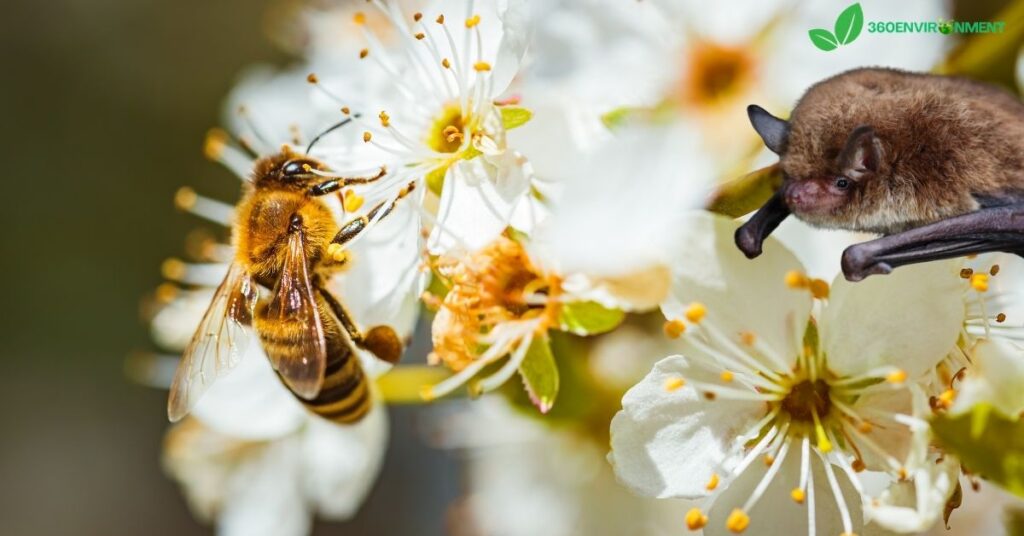
5.1. Threats to Bat Populations
Bats face several threats, many of which are human-induced:
- Habitat destruction: The clearing of forests and natural habitats reduces the availability of food and shelter for bats.
- Pesticide use: Bats that feed on insects or nectar may be exposed to harmful pesticides, which can lead to population declines. This raises the question: do bats pollinate lilikoi effectively in environments exposed to chemicals?
- Disease: White-nose syndrome, a fungal disease, has devastated bat populations across North America, affecting their ability to survive hibernation periods.
Efforts to protect bat populations include habitat restoration, minimizing pesticide use, and creating bat-friendly environments, such as bat houses or protected cave systems. These efforts may help answer the question, do bats pollinate lilikoi, by sustaining healthy bat populations that can contribute to pollination?
5.2. Sustainable Farming Practices
For crops like lilikoi, sustainable farming practices can help protect the bees and other pollinators that play a crucial role in their reproduction. This also addresses whether bats pollinate lilikoi, especially under ecologically balanced conditions. These practices include:
- Reducing pesticide use: Limiting the use of harmful chemicals can protect both bees and bats from exposure to toxins.
- Planting pollinator-friendly crops: Encouraging the growth of diverse flowering plants can provide habitat and food for a variety of pollinators, including bats and bees, supporting the inquiry: do bats pollinate lilikoi in such environments?
- Supporting organic farming: Organic farming practices that prioritize ecological balance and biodiversity can help ensure that pollinator populations thrive, which in turn supports the health of plants like lilikoi. Organic farms avoid synthetic pesticides and fertilizers, creating safer environments for bees, bats, and other pollinators to flourish.
By integrating pollinator-friendly strategies into farming practices, growers can help maintain healthy ecosystems and sustain the agricultural production of crops like lilikoi. Understanding whether bats pollinate lilikoi in certain environments can shape these conservation strategies and contribute to the overall sustainability of the ecosystem.
6. Potential for Bats as Pollinators of Lilikoi in the Future
As climate change, habitat loss, and other factors reshape ecosystems worldwide, the relationships between plants and their pollinators could evolve. While bees are the dominant pollinators for lilikoi today, bats may play a more significant role in the future as their habitats and behaviors adapt to changing environmental conditions.
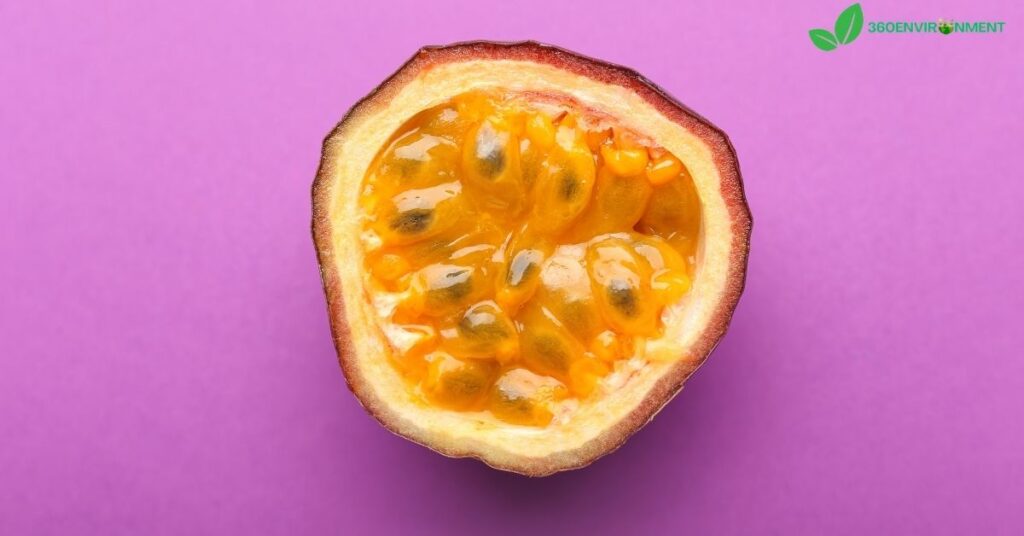
6.1. Adapting to Climate Change
Climate change is affecting the timing of plant flowering and the availability of resources for pollinators. As temperatures rise and weather patterns shift, some regions may see a decrease in bee populations, making it necessary for other pollinators, like bats, to fill the gap. Bats are highly adaptable and may begin to forage for nectar from plants that they would not have typically visited in the past.
For example, if lilikoi plants begin to bloom at night due to changing temperatures or environmental conditions, bats could play a larger role in their pollination. This shift could be beneficial in regions where bees are under pressure from climate change or other stressors.
6.2. Importance of Pollinator Diversity
The presence of diverse pollinator species, including both diurnal and nocturnal pollinators, enhances the resilience of ecosystems. A reliance on a single pollinator species can leave plants vulnerable to population declines or other disruptions, as seen with the decline of honeybee populations worldwide. Bats, bees, birds, and other pollinators together form a robust network that helps ensure plant reproduction and ecosystem stability.
In the case of lilikoi, maintaining diverse pollinator populations could help safeguard the plant’s reproductive success. While bats may not be the primary pollinators of lilikoi today, their role as secondary or incidental pollinators can still contribute to the plant’s resilience in the face of environmental change.
7. Conservation Efforts to Support Bats as Pollinators
As bats continue to play essential roles in pollination, it is crucial to implement conservation measures that protect their populations and the ecosystems they help maintain. Understanding the question, do bats pollinate lilikoi, and how they contribute to the broader ecosystem, helps emphasize the importance of conservation efforts. Protecting bats as pollinators benefits not only bats themselves but also the plants and animals that depend on their ecological contributions.
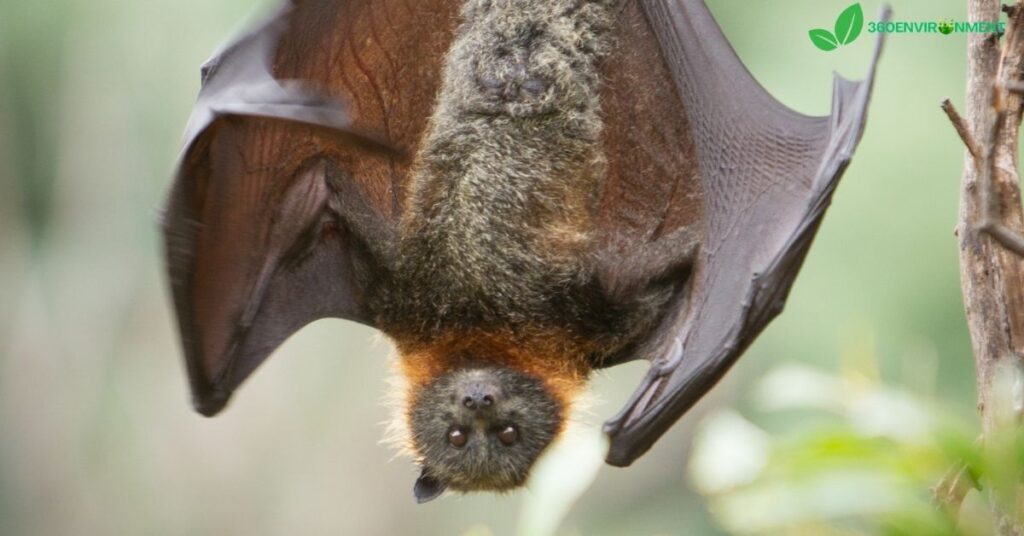
7.1. Habitat Protection and Restoration
One of the most effective ways to support bat populations is through the preservation and restoration of natural habitats. Many species of bats rely on forests, caves, and riparian zones for shelter and feeding. Preserving these habitats is vital for ensuring that bats continue their pollination activities, which raises the question: do bats pollinate lilikoi in areas where their habitats are conserved?
In regions where lilikoi is grown, conservation efforts could focus on preserving the natural habitats of both bees and bats to ensure that the plant has access to a range of pollinators. Exploring the answer to do bats pollinate lilikoi becomes even more critical as we look to preserve biodiversity through habitat corridors that connect wild areas with agricultural zones. These measures can help bats move freely between different environments, promoting greater ecological health.
7.2. Reducing Pesticide Use
Pesticides are one of the leading threats to pollinator populations. While bees are often the focus of pesticide-related concerns, bats are also affected when they come into contact with contaminated plants or insects. Reducing pesticide use in agricultural areas can help protect both bees and bats, ensuring that pollinator populations remain strong. As we consider the question, do bats pollinate lilikoi, it’s important to understand how reducing chemical use can positively impact bat populations and the plants they may help pollinate.
Farmers who grow lilikoi and other crops can adopt integrated pest management (IPM) practices, which focus on using natural predators and biological controls to manage pests, rather than relying on synthetic chemicals. These practices support pollinators and answer the question, do bats pollinate lilikoi, by fostering environments where pollinator species, including bats, can thrive.
7.3. Education and Awareness
Raising public awareness about the importance of bats as pollinators is another critical step in their conservation. Many people are unaware of the vital ecological roles bats play, and bats often face negative perceptions due to myths and misunderstandings. Educating communities about the benefits of bats, particularly in pollination and pest control, can help shift public attitudes and encourage greater support for conservation efforts.
In regions where lilikoi is grown, educating farmers, gardeners, and local residents about the potential role of bats in pollination can help foster appreciation for these often-overlooked creatures. By answering questions such as do bats pollinate lilikoi, communities can gain a deeper understanding of the diverse ways in which bats contribute to agricultural ecosystems and biodiversity.
8. Conclusion: Do Bats Pollinate Lilikoi?
To answer the question, do bats pollinate lilikoi, the evidence suggests that while bats are not the primary pollinators of lilikoi, they may play a supplementary role in certain regions or under specific conditions. In areas where bee populations are strong, bees remain the most effective pollinators for lilikoi. However, in tropical regions where bats are more active as pollinators and where lilikoi plants may be exposed to nocturnal visitors, bats could contribute to the pollination process.
The broader significance of bats as pollinators cannot be underestimated. Bats are essential to the health of many ecosystems, especially in tropical regions, where they pollinate a wide variety of plants. Whether or not they regularly pollinate lilikoi, their role in supporting biodiversity and ecosystem services makes them invaluable contributors to the natural world.
As climate change, habitat loss, and other environmental challenges continue to impact pollinator populations, bats could become even more important in maintaining the balance of ecosystems where they serve as both pollinators and seed dispersers. Protecting bat populations and promoting biodiversity through sustainable farming practices, habitat conservation, and education will help ensure that both lilikoi and the broader environment continue to thrive.
FAQs
- What is lilikoi, and how does it grow?
Lilikoi, also known as passion fruit (Passiflora edulis), is a tropical plant that produces fragrant, edible fruits. It thrives in warm climates and is commonly pollinated by bees. - Do bats pollinate lilikoi?
While bats are not the primary pollinators of lilikoi, they may contribute to pollination in certain tropical regions or under specific conditions. Bees are the dominant pollinators of lilikoi. - What other crops do bats pollinate?
Bats pollinate a variety of important crops, including agave (used to make tequila), bananas, and durian. Their role in pollination is critical in many tropical ecosystems. - How do bats contribute to pollination?
Bats pollinate plants by feeding on nectar, transferring pollen between flowers as they forage. This process, known as chiropterophily, supports the reproduction of many plant species. - Why is it important to conserve bat populations?
Bats play essential roles in pollination, seed dispersal, and pest control. Conserving bat populations helps maintain healthy ecosystems and supports biodiversity. - What can farmers do to support bats as pollinators?
Farmers can support bat populations by reducing pesticide use, preserving natural habitats, and creating bat-friendly environments on their farms. These actions contribute to more sustainable agriculture.

